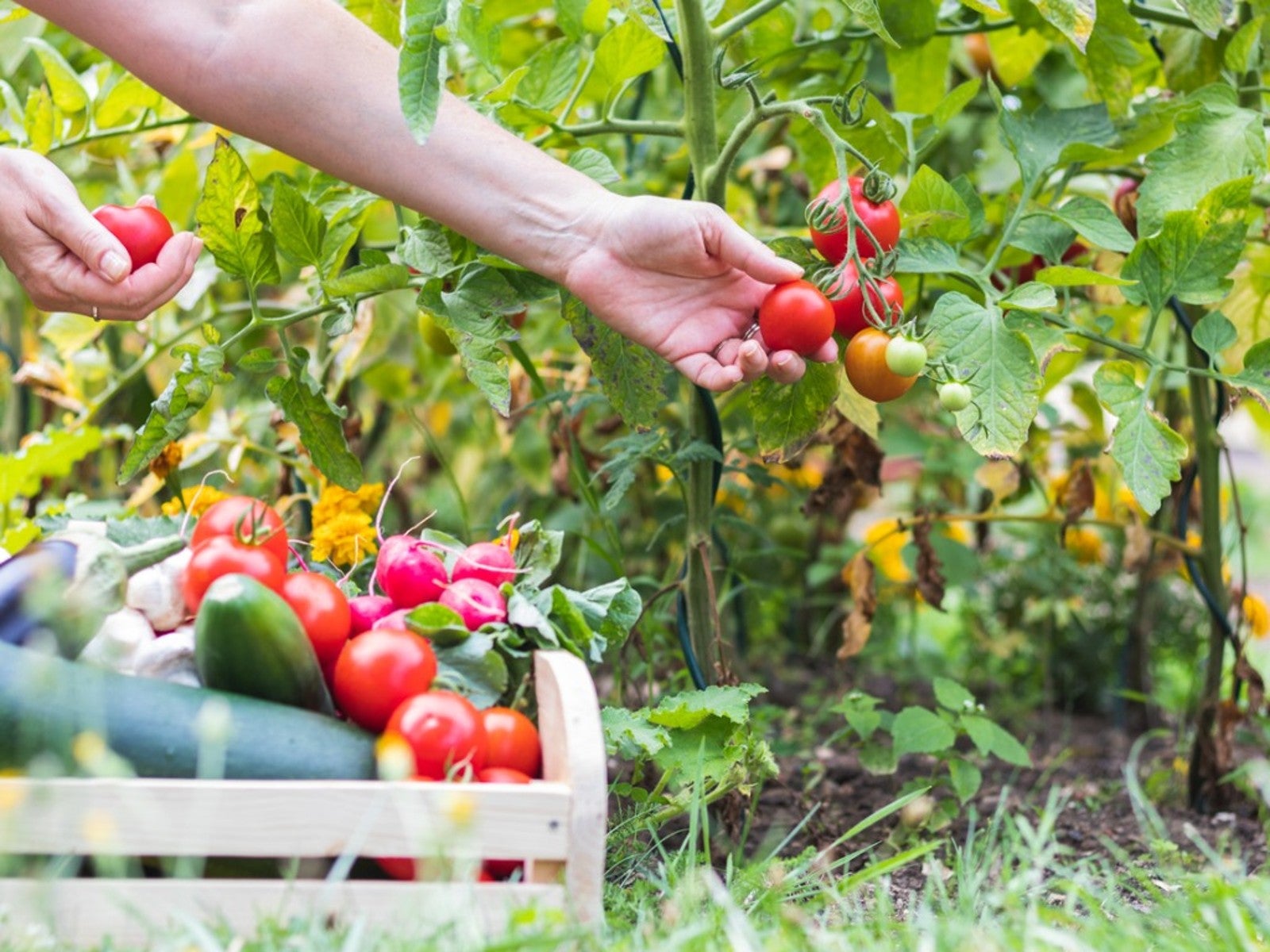Learn Why It’s Better To Harvest Before Rain


Should you harvest before rain or after? Without a doubt, gardening is a weather-related activity. Yet for many gardeners, the demands of everyday life make it difficult to care for a vegetable patch when the weather is right. Instead, garden chores are often scheduled around work and family responsibilities. If this sounds familiar, you may be wondering why it's not advisable to harvest after rain storms.
Why Tomatoes Split
In many areas, tomato ripening coincides with the drier months of the year. A heavy rain following a dry spell results in plants uptaking more water. This water is absorbed into the fruit. The end result is fruit, such as tomatoes, splitting.
If not caught early and harvested quickly, split fruit will begin to decay. Likewise, fruit which has cracked has a shortened shelf life. Whether you are a home gardener or a commercial grower, the end result is lower yields.
Tomatoes are not the only fruits that suffer from excess rain. Cherries, plums, nectarines, peaches and blueberries are also vulnerable to cracking. To prevent fruit from splitting, irrigate during dry spells to maintain soil moisture levels as this prevents the rapid uptake of water when it rains.
When to Harvest Onions
As they near maturity, gardeners may wonder when to harvest onions. This crop needs to undergo a drying period to encourage a long shelf life and storage period. For this reason, it's best to harvest onions during dry spells.
Waiting to harvest after rain promotes the growth of fungal and bacterial organisms which cause mold and rot. This can be observed in the onion's outer layers. Onions with moldy or rotten outer layers can be used as long as these layers are removed.
Don't Harvest After Rain
Food safety is the one of the most compelling reasons to harvest before rain, rather than after. Research published in 2015 indicates that after a rain, soil conditions are right for the development of Listeria monocytogenes.
Sign up for the Gardening Know How newsletter today and receive a free copy of our e-book "How to Grow Delicious Tomatoes".
The Listeria bacteria lives in moist soil. It can attach itself to root crops, like carrots. Listeria can also contaminate low growing veggies, like zucchini and lettuce, when falling rain splashes soil onto these crops. Studies found a much higher concentration of Listeria on these types of crops after rain storms.
This bacteria, which causes Listeriosis in humans, can be killed by thoroughly cooking foods. However, if you're harvesting veggies to eat fresh, it's advisable to wait at least 24 hours after it rains to harvest these crops. For added safety, thoroughly wash all produce to reduce contamination by Listeria.

Laura Miller has been gardening all her life. Holding a degree in Biology, Nutrition, and Agriculture, Laura's area of expertise is vegetables, herbs, and all things edible. She lives in Ohio.